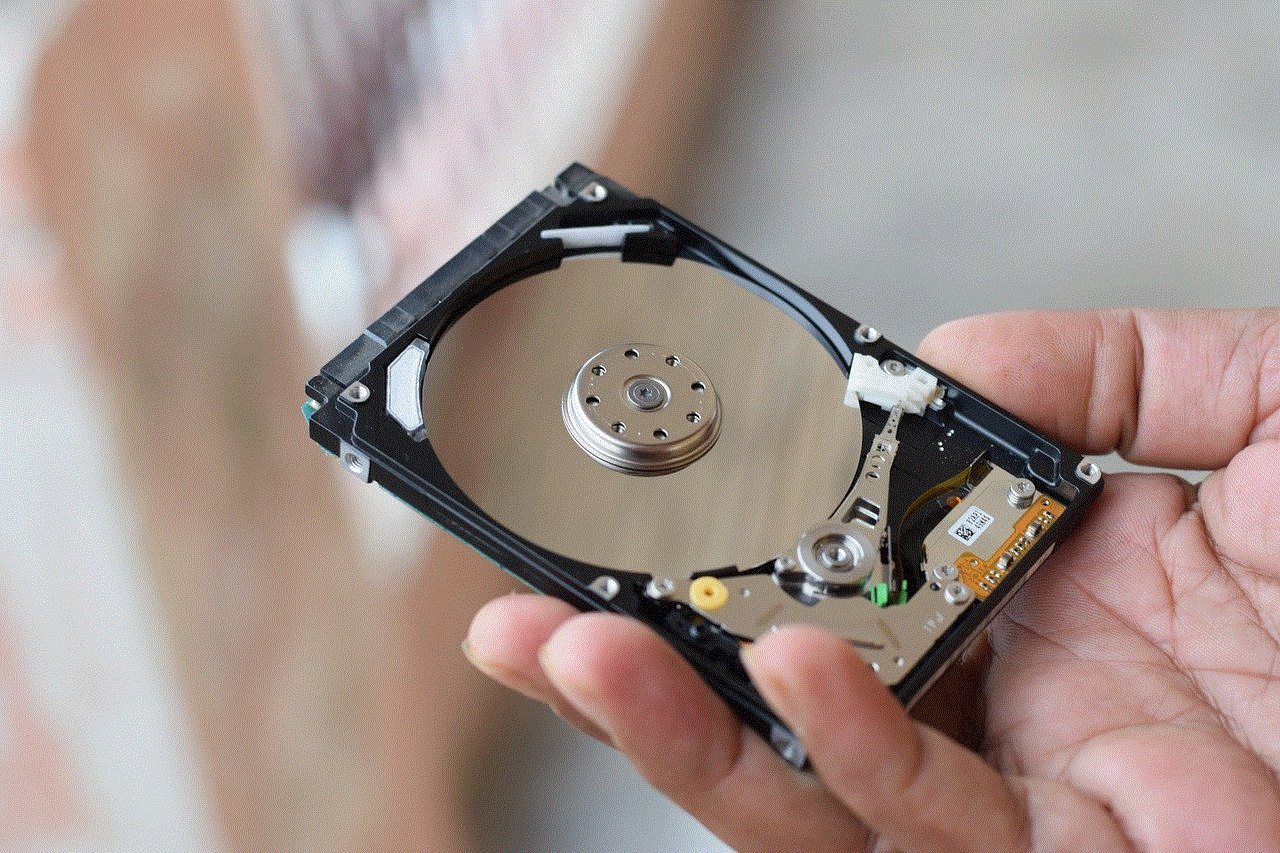leaks password vip database to
In today’s digital age, data leaks and security breaches have become a common occurrence. Every day, we hear about companies, organizations, and even governments falling victim to cyber attacks that result in the theft of sensitive information. One type of data leak that has become increasingly prevalent is the leaking of passwords and VIP databases. This poses a significant threat to individuals and businesses alike, as it can lead to identity theft, financial loss, and reputational damage. In this article, we will delve deeper into the issue of password and VIP database leaks, exploring the causes, consequences, and ways to prevent them.
To understand the gravity of this issue, let’s first define what a password and VIP database leak means. A password leak refers to the unauthorized disclosure of a user’s login credentials, including usernames and passwords. This can happen due to various reasons such as weak passwords, phishing scams, or security vulnerabilities in a system. On the other hand, a VIP database leak involves the exposure of a database containing the personal information of high-profile individuals or organizations. This includes names, addresses, phone numbers, email addresses, and other sensitive data.
One of the most significant reasons for password and VIP database leaks is the increase in cyber attacks. As the world becomes more interconnected, the number of cybercriminals also rises. These attackers are constantly finding new ways to exploit vulnerabilities in computer systems and networks to gain access to sensitive information. In addition, with the rise of cloud computing and remote work, the chances of a data leak increase as more and more people have access to the same information.
Another contributing factor to password and VIP database leaks is human error. In many cases, employees are the weakest link in an organization’s security chain. They may use weak passwords, fall for phishing scams, or unintentionally expose sensitive information through their actions. For example, an employee may leave their computer unlocked, allowing unauthorized individuals to access the system and steal login credentials or other sensitive data.
The consequences of a password or VIP database leak can be severe for both individuals and organizations. For individuals, a password leak can result in identity theft, where their personal information is used to open fraudulent accounts, make purchases, or even obtain loans in their name. This can have a devastating impact on their financial stability and reputation. On the other hand, a VIP database leak can lead to extortion, blackmail, or other forms of targeted attacks on high-profile individuals or organizations.
For businesses, the consequences of a data leak can be even more damaging. Apart from the financial losses resulting from identity theft or fraud, a data leak can also lead to a loss of trust and reputation. This can have a long-lasting impact on a company’s bottom line, as customers are less likely to do business with an organization that has experienced a security breach. In addition, a data leak can also result in legal consequences, especially if the data breach involves sensitive information such as medical records or financial data.
So, what can be done to prevent password and VIP database leaks? The first and most crucial step is to invest in robust cybersecurity measures. This includes implementing firewalls, anti-virus software, and other security tools to protect against cyber attacks. Regular security audits and updates are also essential to identify and fix any vulnerabilities in the system. In addition, organizations must educate their employees on the importance of using strong passwords, detecting phishing scams, and following security protocols.
Another effective measure to prevent data leaks is to implement multi-factor authentication. This adds an extra layer of security by requiring users to provide additional information, such as a one-time code, in addition to their password. This makes it harder for cybercriminals to gain access to sensitive information, even if they have obtained login credentials through a data breach.
Moreover, organizations must have a robust incident response plan in place in case of a data leak. This includes having a dedicated team to handle security incidents, notifying affected individuals and authorities, and taking immediate steps to mitigate the damage and prevent future breaches. Regular backups of sensitive data can also help in quickly recovering from a data leak.
In conclusion, password and VIP database leaks pose a significant threat in today’s digital landscape. With the increasing number of cyber attacks and human error, the likelihood of a data leak only continues to rise. Therefore, it is crucial for individuals and organizations to take proactive measures to protect their sensitive information. By investing in robust cybersecurity measures, educating employees, and having a well-defined incident response plan, we can mitigate the risk of password and VIP database leaks and safeguard our personal and business data.
find my phone android wear
As technology continues to advance, it has become easier to stay connected with our devices, even when they are not physically in our hands. One such device is the Android Wear, a smartwatch operating system designed by Google for smartwatches and other wearable devices. With the rise of smartwatches, the need for finding a misplaced or lost phone has become increasingly important. And with the Android Wear, you can now easily locate your Android phone with just a few taps on your smartwatch. In this article, we will explore the various ways to find your phone using Android Wear, along with some helpful tips to ensure that you never lose your phone again.
Firstly, let’s understand what exactly is Android Wear. It is a version of the Android operating system that has been specifically designed for wearable devices such as smartwatches. It was first introduced in 2014 and has since then been used by several smartwatch manufacturers such as Samsung, LG, Huawei, and Motorola. The main purpose of Android Wear is to provide users with quick and easy access to various features and notifications on their wearable devices. With the help of sensors and Bluetooth connectivity, Android Wear can also perform various functions such as tracking fitness activities, controlling music, and receiving notifications from your phone.
One of the most useful features of Android Wear is the ability to find your phone when it is misplaced or lost. This feature comes in handy when you have misplaced your phone in your home or office and are unable to locate it. With the help of your Android Wear, you can easily find your phone in a matter of seconds. But how exactly does this work? Let’s find out.
To begin with, your Android Wear must be connected to your phone via Bluetooth for this feature to work. Once connected, you can simply swipe down on your Android Wear’s home screen to access the quick settings menu. From there, you can tap on the “Find my phone” icon, which resembles a phone with a ringtone symbol on it. This will send a command to your phone, causing it to ring at its maximum volume, even if it is on silent mode. This feature is extremely useful when you have misplaced your phone in a quiet place, and you are unable to hear its ringtone.
But what if your phone is not connected to your Android Wear via Bluetooth? In such a scenario, you can still use your smartwatch to find your phone by using the Android Device Manager. This feature is available on all Android phones and can be accessed through any web browser. All you need to do is sign in to your Google account associated with your phone and select the “Find my device” option. This will bring up a map showing the current location of your phone. You can then choose to make your phone ring, lock it, or even erase its data remotely.
Another useful way to find your phone using Android Wear is through Google Assistant. This feature allows you to use voice commands to perform various tasks on your phone. To utilize this feature, simply press and hold the power button on your Android Wear, or say “Ok Google” to activate Google Assistant. From there, you can simply say “Find my phone,” and your phone will start ringing at its maximum volume, making it easy for you to locate it.
Apart from these methods, there are also several third-party apps available on the Google Play Store that can help you find your phone using Android Wear. These apps use various techniques such as GPS tracking, WiFi, and cellular data to locate your phone. Some of the popular apps include Find My Device, Find My Phone, and Where’s My Droid. These apps also offer additional features such as taking pictures using your phone’s camera, remotely locking your phone, and even sending a message to the person who has your phone.
Now that we have covered the various ways to find your phone using Android Wear let’s take a look at some helpful tips to ensure that you never lose your phone again. Firstly, always make sure that your phone’s Bluetooth is turned on, as this is essential for your Android Wear to connect with your phone. Also, make sure that your Android Wear is always charged, as it will be of no use if it runs out of battery when you need it the most.



It is also advisable to enable the “Find my device” feature on your phone, as it will allow you to locate your phone even if it is not connected to your Android Wear. You can also set up a trusted voice on your Google Assistant to ensure that only your voice can activate it, making it difficult for anyone else to use this feature to find your phone.
Additionally, always keep your phone in a safe and secure place to avoid the hassle of finding it using Android Wear. You can also use apps that offer features like device tracking, remote locking, and taking pictures to ensure that your phone is always safe and secure.
In conclusion, the Android Wear has made it extremely easy to find your phone, even when it is misplaced or lost. With just a few taps on your smartwatch, you can make your phone ring, locate it using Google Assistant, or use third-party apps to track its location. However, it is always advisable to take preventive measures to ensure that you never lose your phone in the first place. By following the tips mentioned in this article, you can make sure that your phone is always safe and secure, and you can easily find it using your Android Wear whenever needed.
how to lock screen on amazon fire tablet
Amazon Fire tablets are popular devices among consumers due to their affordable prices and versatile features. One of the essential functions of any device is the ability to lock the screen, and the Amazon Fire tablet is no exception. In this article, we will discuss in detail how to lock the screen on an Amazon Fire tablet.
Locking the screen on your Amazon Fire tablet is crucial for several reasons. It helps to prevent accidental touches, unauthorized access, and also conserves battery life. With the Amazon Fire tablet, you have multiple options for locking the screen, depending on your preference and the device’s model. Let’s dive into the various ways you can lock the screen on your Amazon Fire tablet.
1. Using the Power Button
One of the simplest ways to lock the screen on your Amazon Fire tablet is by using the power button. This method works on all Amazon Fire tablet models, including the Fire 7, Fire HD 8, and Fire HD 10. To lock the screen using the power button, press and hold the button for a few seconds until a menu appears. Then, tap on the “lock screen ” option, and the screen will be locked immediately.
2. Using the Quick Settings Menu
The Quick Settings menu is another way to lock the screen on your Amazon Fire tablet. This method is only available on Fire tablets running on Fire OS 5 and above. To access the Quick Settings menu, swipe down from the top of the screen to open the notification panel. Then, swipe down again to reveal the Quick Settings menu. Look for the lock icon and tap on it to lock the screen.
3. Using the Lock Screen Button
Some Amazon Fire tablets come with a dedicated lock screen button, making it easier to lock the screen with just one tap. This button is usually located on the top or side of the device, depending on the model. Pressing this button will instantly lock the screen, and you can easily unlock it by pressing the power button or swiping up from the bottom of the screen.



4. Using Alexa Voice Command
If your Amazon Fire tablet has Alexa enabled, you can also use voice commands to lock the screen. Simply say, “Alexa, lock the screen,” and the screen will be locked instantly. This method is convenient for those moments when you have your hands full and can’t reach the power button or lock screen button.
5. Setting Up a Screen Lock
Another way to lock the screen on your Amazon Fire tablet is by setting up a screen lock. This feature adds an extra layer of security to your device, requiring a password, PIN, or pattern to access the device. To set up a screen lock, go to Settings > Security & Privacy > Lock Screen Password. You can choose between a PIN, password, or pattern, and follow the on-screen instructions to set it up.
6. Using Parental Controls
If you want to restrict access to your Amazon Fire tablet, you can use parental controls to lock the screen. This feature allows you to set a time limit for using the device, restrict access to certain apps and content, and lock the device with a password. To set up parental controls, go to Settings > Parental Controls and follow the on-screen instructions.
7. Using Third-Party Apps
There are also third-party apps available on the Amazon Appstore that can help you lock the screen on your Amazon Fire tablet. These apps come with additional features such as setting up a custom lock screen message, taking a photo of anyone who tries to unlock your device, and more. Some popular apps include CM Locker, AppLock, and Hi Locker.
8. Using a Smart Cover
If you have a smart cover for your Amazon Fire tablet, you can use it to lock the screen automatically. When you close the cover, the tablet’s sensors will detect it and lock the screen. When you open the cover, the screen will be unlocked. This method is convenient and also helps to conserve battery life.
9. Troubleshooting
If you are having trouble locking the screen on your Amazon Fire tablet, there are a few things you can try. First, make sure that your device’s software is up to date. To check for updates, go to Settings > Device Options > System Updates. You can also try restarting your device or performing a factory reset if the issue persists.
10. Security Tips
While locking the screen on your Amazon Fire tablet is crucial for privacy and security, it is also essential to take other security measures to keep your device safe. Some tips include using a strong password or PIN, keeping your device’s software up to date, avoiding unknown or suspicious apps, and using a VPN when connected to public Wi-Fi networks.



Conclusion
Locking the screen on your Amazon Fire tablet is a simple yet crucial step in protecting your device’s privacy and security. With the various methods discussed in this article, you can choose the one that works best for you and your device model. Remember to also take additional security measures, such as setting up a screen lock and using a smart cover, to keep your device safe. With these tips, you can confidently use your Amazon Fire tablet without worrying about unauthorized access or accidental touches.